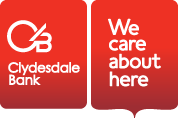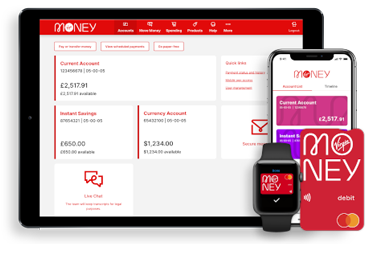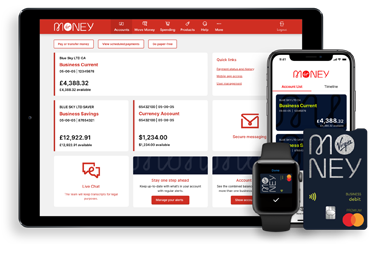Got a great idea? Here’s how to turn it into a successful business
< back to all business news articles
15/04/2019
Although the only real way to find out if your business idea will work is to actually start your business, there are a number of things you can do to help research your business idea before you take the leap.
Investing time in careful analysis and testing will help to confirm your assumptions and give your business the best possible chance of success.

First, define your key competitive advantage
Your business ideally needs to stand out from the competition. If your new idea has a unique selling point (USP) or competitive advantage, it will give customers a reason to come to rather than anyone else. Think about your new idea. Can you base your competitive advantage on something the customer values? For example:
- First to the market and no-one else sells what you do.
- Being the most reliable with the best guarantee.
- Having exclusive products or a contract so you are the only supplier.
- Knowing more than anyone else and being an expert.
- Organic or use recycled materials.
What is it that will make a customer try you over someone else (who they may already be using)?
Then, research your target market
It makes sense to ask the people you’re likely to be selling to what they think of your business idea. Try and find out:
- Whether people actually want what you’re selling.
- Which people or businesses are most likely to buy.
- What prices you could charge for your products or services.
- What needs people have which are currently not being met by any other businesses.
- Where people currently buy from and why they choose to support those businesses.
Much of this information can also be used to determine whether there will be sufficient demand for your business idea to work. It can also be used to figure out how you can modify your original idea so it will be viable, perhaps by identifying ‘gaps’ in the market.
Test the market
Trial marketing can be one of the most reliable ways to test your market potential. If you are introducing a new product or service, you could:
- Set up the business part-time while keeping your current job.
- Test the response by selling at trade fairs, weekend markets or short-term contracts, depending on the type of business you’re running.
- Launch a limited marketing campaign in a selected town or area.
Know your break-even
It’s relatively simple to determine whether you can sell enough to make a profit, but can you physically make enough?
Conduct a break-even analysis to show the minimum amount of sales that your business needs to make in order to cover all of your costs. Then work it out again, this time with your profit margin added in. If you can make at least this amount of sales, the idea may be financially feasible (assuming you can still get customers of course).
Do you have the money?
Calculate how much money you need, and how much money you have. If there’s a gap then you’ll need to figure out where you’ll get the remainder from. It's common for some business owners to underestimate the actual amount of money needed to start up a new business venture.
Step 1
Add up all your start-up costs. Some of these costs could include:
- Vehicles, plant equipment and machinery.
- Office equipment, computers, scanners, desks.
- Initial inventory or raw materials.
- Fees for licenses or permits.
- Internet, online, website build.
- Product or service development.
Step 2
Once you’ve determined all your set-up costs calculate your ‘working capital’, which is how much you’ll think you need to cover all your running costs until you start to make a profit. Examples of these on-going costs include:
- Rent, power, internet.
- Salaries or wages, any sub-contractor costs.
- Online subscription fees, communications.
- Anything that is a regular cost regardless of sales.
For example if these costs total £20,000 a month, and you’ll think you need at least 6 months until the business can pay its own way, then you’d need £120,000 in working capital.
Step 3
Add the start-up costs to your working capital costs to get a final start-up estimate.
Do you have enough money saved, borrowed or accessed from somewhere to cover this amount?
Summary
Turning your idea into a business is more likely to succeed if you can work your way through the above tips and tick each of them off. There are other hurdles to negotiate to turn your idea into a business, but if you can get those 4 fundamental checks done first, you’re on the right track.
Our Starting A Business section can help you continue to turn your idea into a business.
Next steps
- If you are considering opening a business in a foreign market, you can find information and assistance at UK Trade & Investment.
- Talk to a business advisor or another small business owner about your idea, and collect as much feedback as you can.
- Use our branch locator to find a branch, or call us on 0800 032 3971.
- If your information points to a viable business, you feel confident in your entrepreneurial abilities, and you want to move ahead, then your next step is to write up a proper business plan.
POSTED IN: Finance advice,Growth
SHARE
Related Articles
You can find impartial information and guidance on money matters on the “MoneyHelper” website.
Clydesdale Bank is covered by the Financial Services Compensation Scheme (FSCS), Find out more.


